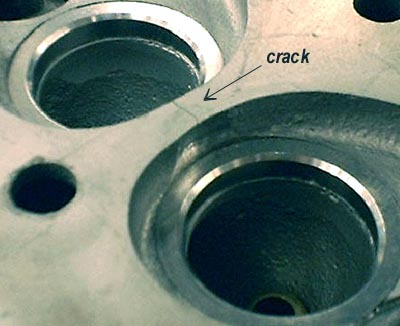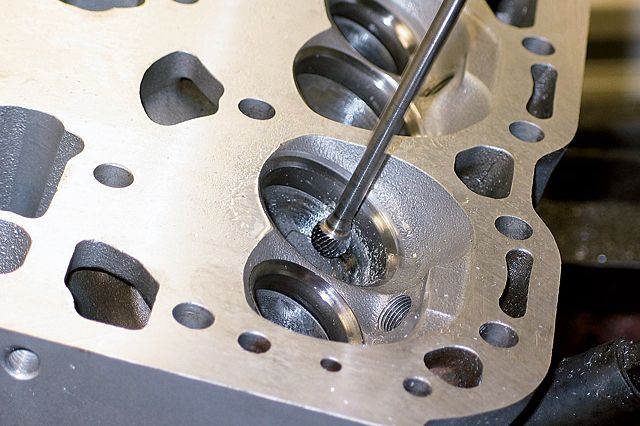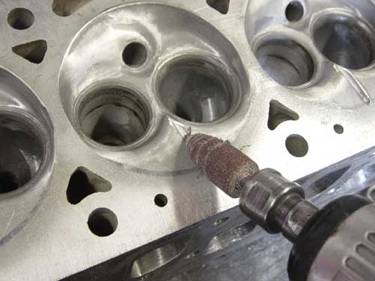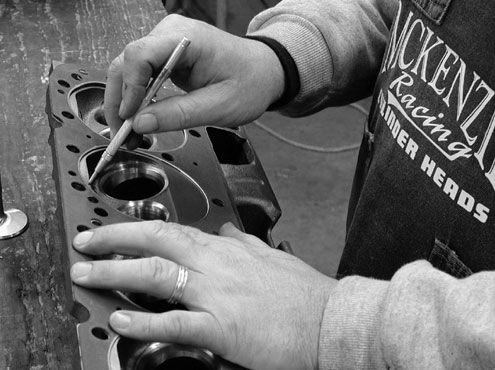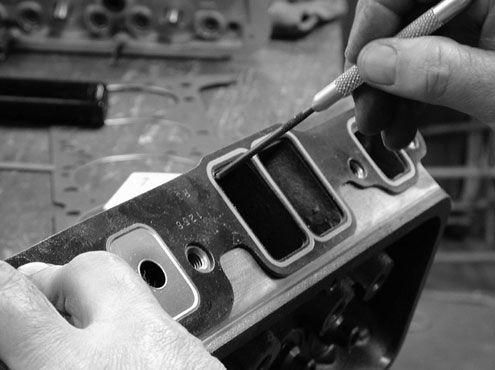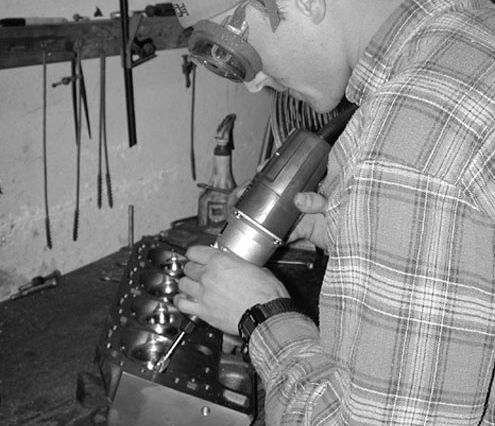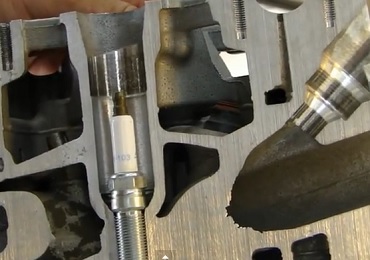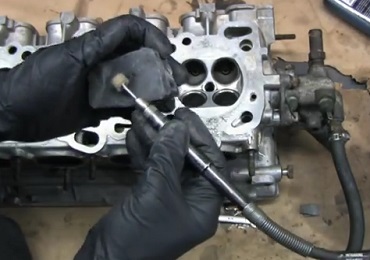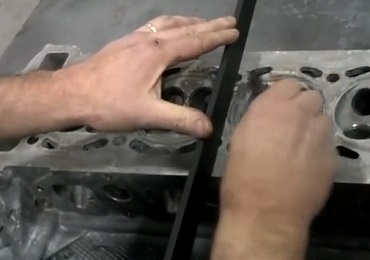Cylinder Head
When it comes to getting the most power out of a naturally aspirated engine the key area that you must focus your attention on is the cylinder head (also called engine head) available. This is the one area that will potentially give you the greatest increase in engine power. Why? Well, as Langer explains in engine building and power basics, the key to increasing an engines horse power is to get the engine to ingest more air and be able to expel the resultant increase in exhaust gasses, in other words, getting the engine to pump more air by increasing the air-flow in and out of the engine.
Cylinder Head Porting
A word of warning though, cylinder head porting and gas flowing is a rather advanced form of car modification and is not for the novice or for the faint of heart. Cylinder head porting is a skill that must be developed and honed by hours and hours of practice.
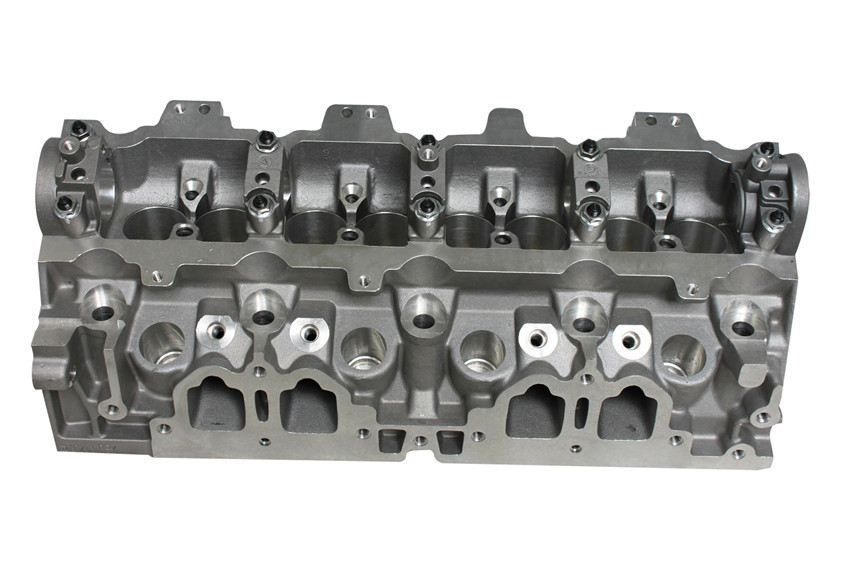
If you're intent on trying cylinder head porting, the first thing that you need to know is that porting heads always begins by trial and error so if you're going to do your own cylinder head porting, start on a cylinder head that you can afford to total, in fact, start with a couple that you don't mind loosing. Otherwise you should leave cylinder head porting up to a professional with a flow bench. The other thing to note, is that cylinder head porting requires some rather expensive tools. You'll need a high-speed extended pneumatic die-grinder with carbide and steel grinders, and a high-pressure air compressor (no, we're not talking about turbochargers here) to power the grinder. You could use an electric die-grinder rather than a die-grinder, but electric die-grinders don't operate at a high-speed like pneumatic die-grinders. You could also use an electic drill rather than a die-grinder but you won't get the same results as you would with a longer, more agile and thinner die-grinder. An electric drill also does not operate at the high-speeds that a pneumatic die-grinder does.




